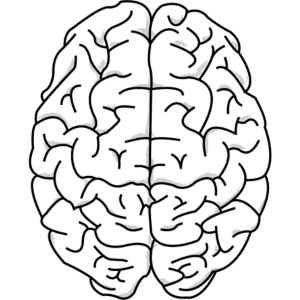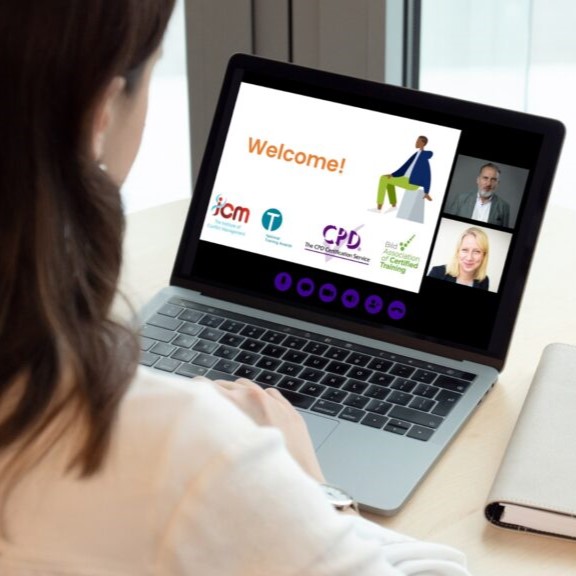Reframing Behaviour Triggers as Experiences for Individuals with Disabilities
As human beings, we all find some experiences challenging: certain situations, people, conversations, or even words can elicit strong feelings internally, leading to reactions and behaviour externally. Being triggered by our experiences is a normal human response, and, for the most part, we are able to navigate these occasions without incident.
For the individuals we care for in our services, these experiences can sometimes lead to behaviour that needs support. We can then use what we know about an individual, and their individual needs, to create bespoke plans, and decide on the best, most appropriate support.
What do we mean by behaviour triggers?
A behaviour trigger is perhaps better referred to as an experience. Certain experiences act as a cue, prompt, or call to action that results in a powerful emotion such as fear, anxiety, or frustration. Often stemming from previous experiences, they can, over time, result in deeply ingrained, habitual responses that are repeated over and over again.
For example, it might be that an individual with a learning disability has had a negative experience of receiving personal care in the past. Now, every time a staff member tries to get close to them, to attend to their personal care needs, the individual becomes highly distressed: they may respond physically, verbally, or completely shut down.
This is because they are subconsciously associating a previous negative experience with the current one, creating an automatic response.
How disability may influence experiences
The response we have to different experiences varies widely from person to person, and affects all of us, whether we have a disability or not. However, there may be a correlation between the nature and severity of an individual’s disability, and the type of experience they find challenging. For example:
- Someone with a profound and multiple learning difficulty (PMLD) may find it frustrating when trying to communicate their needs to their care team or wider support network.
- If sensory overwhelm is an issue for an individual, they may struggle to stay regulated in loud, chaotic environments.
- An individual with mobility difficulties may feel uncomfortable if they are unable to independently remove themselves from a space.
By taking the nature of an individual’s disability into account, we can become more attuned to the types of experiences they find difficult and use this as a valuable source of information to interrupt the cycle of experiences, feelings, and reactions that lead to behaviour.
Ultimately, the aim is to give individuals more choice and control over their lives, and we can only be successful in this if we understand what drives their behaviour in the first place.
The importance of recognising what drives behaviour
Once we understand and recognise what is driving a behaviour, we can formulate options around appropriate next steps.
Sometimes, the temptation is to avoid, reduce, or eliminate the experience altogether as a way of lowering risk and mitigating the likelihood of behaviour that needs support. And in certain circumstances, this may well be the best course of action, especially where there is an immediate risk of harm, either to the individual, or to others around them.
However, this approach often does little to effect lasting change; it enables us to manage individuals’ behaviour, rather than support it in the longer term. Not all experiences can be avoided, reduced, or eliminated in day-to-day life, so we need to empower individuals to grow their tolerance in different situations, and develop resilience when exposed to new, exciting experiences.
Practical ways to support individuals with disabilities
So, what practical steps can we take to recognise and support behaviour triggers for individuals with disabilities?
1: Recognising baseline behaviours
A baseline behaviour is a behaviour that is typical for an individual. Naturally, this can look very different for different people.
Once we identify what an individual’s baseline behaviour looks like, we can be alert to any subtle shifts or changes, and intervene promptly with appropriate support, where necessary.
2: Building strong relationships
Familiarity is a key component of successful care. Individuals tend to thrive when they are supported by caregivers they know, trust, and like. Of course, this can be challenging against the backdrop of recruitment and retention issues, and high numbers of temporary or agency staff.
By taking the time to forge strong, enduring relationships built on trust, we can get to know individuals at a deeper level and gain a better understanding of their preferences and the experiences they find challenging. While this can be challenging with large teams, ever-changing shift patterns, and staff rotas, we can help individuals to build rapport with multiple team members, so they feel as comfortable, safe, and secure as possible.
3: Using supports and communication aids
If an individual’s disability means that communication is a barrier, we need to ensure that we are incorporating different supports and communication aids into our interactions. This can help us address a range of cognitive or physical needs that may inhibit an individual’s ability to articulate their needs in a way that is clearly understood.
Depending on the context, we could use various AAC methods, both aided (objects of reference, symbols, picture cards, and electronic devices, for example) and unaided (body language, gesture, facial expressions, signing, and so on) to facilitate clear, unambiguous communication.
Tuning into an individual’s unique communication preferences and employing a range of total communication strategies to meet their unique needs increases the likelihood of us being able to recognise and support through experiences and individual may find challenging.
4: Planning gradual exposure
Rather than reducing exposure to experiences, we might consider creating opportunities for individuals to encounter them in a safe, supportive environment, guided by an emotionally available practitioner. This enables them to safely explore the associated feelings, and gradually learn strategies to move through triggering experiences.
Over time, gradual exposure reduces the intensity of the reaction and the subsequent behaviour. By downgrading the severity of the response, we enable individuals to tolerate more and more each time.
Reframing behaviour triggers as experiences
Handled sensitively, patiently, and compassionately, we can help reframe behaviour triggers as experiences to be embraced, and support individuals to develop agency over their own lives. That way, every person can have the best chance of leading a happy, fulfilling, and rich life.
If you’d like to talk to us about your needs when it comes to supporting behaviour in your setting, please get in touch any time.





